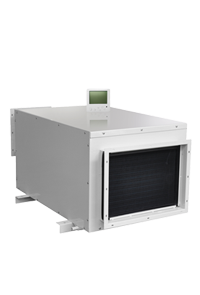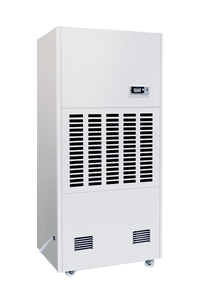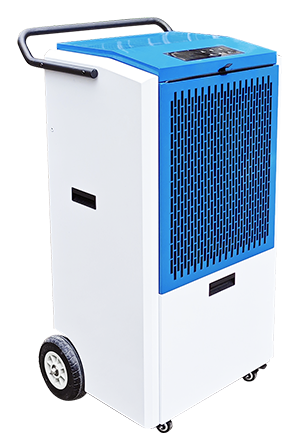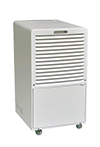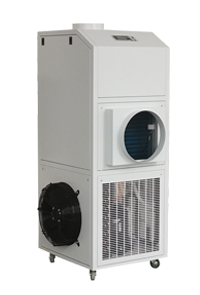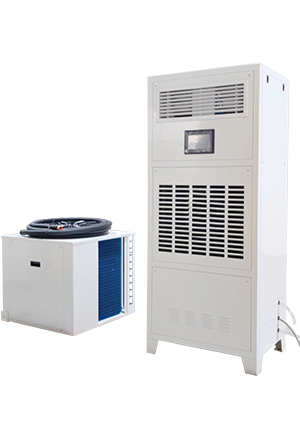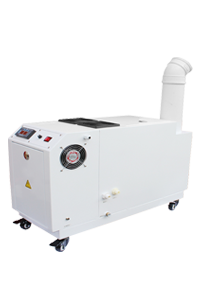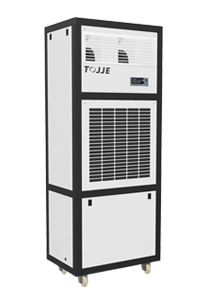News
Wet film humidifiers are commonly used in laboratory environments to maintain precise humidity levels. These systems work by passing air through a wet film or wick, which increases the humidity of the air as it evaporates water from the film. The humidified air is then distributed into the laboratory space, ensuring consistent and controlled humidity levels.
Here are some key features and considerations for wet film humidifiers in a laboratory setting:
Key Features:
-
Precise Humidity Control: Essential for maintaining the correct environmental conditions required for sensitive experiments and equipment.
-
Low Maintenance: Typically, wet film humidifiers require less maintenance compared to other types, as they do not involve complex mechanical parts.
-
Energy Efficiency: These systems are often more energy-efficient because they rely on natural evaporation rather than energy-intensive processes.
-
Quiet Operation: They tend to operate quietly, which is important in laboratory settings where noise can be a concern.
-
Scalability: Wet film humidifiers can be scaled to meet the needs of different laboratory sizes, from small rooms to large research facilities.
Considerations:
-
Water Quality: The quality of water used can affect the performance and maintenance frequency of the humidifier. Using demineralized or distilled water is often recommended to prevent mineral buildup.
-
Installation: Proper installation is crucial to ensure even distribution of humidity throughout the laboratory space.
-
Safety: Ensure that the humidifier is equipped with safety features, such as automatic shut-off in case of low water levels.
Wet film humidifiers are ideal for laboratories that require stable and consistent humidity levels for processes such as biological research, materials testing, and chemical experiments.

